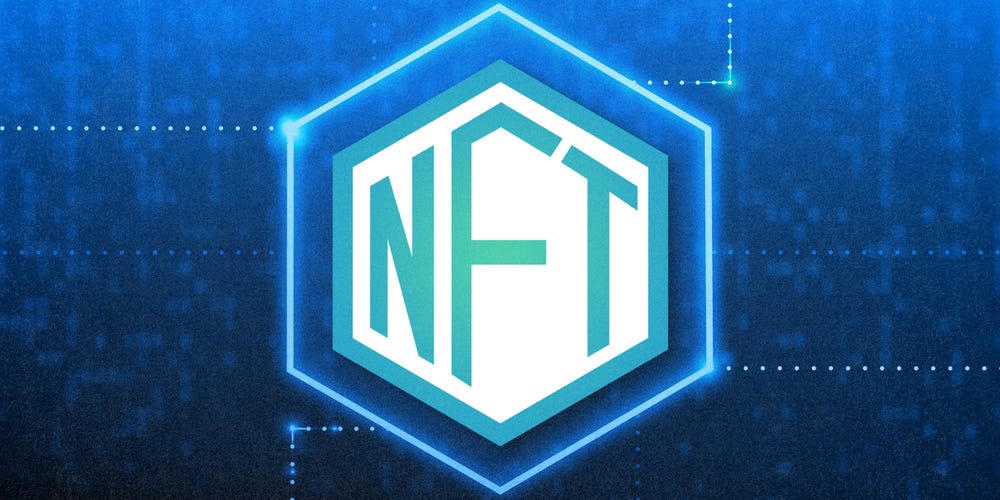
A non-fungible token (NFT) is a unique identifier that can cryptographically assign and prove ownership of digital goods.
As NFTs for digital artwork have sold for millions — sometimes tens of millions — of dollars, to say they’re popular could be an undersell. From June 2021 to June 2022, NFT sales hit $29 billion.
However, once you understand how NFTs work, you’ll see there are additional use cases for this technology.
What does NFT mean?
NFT stands for “non-fungible token.” At a basic level, an NFT is a digital asset that links ownership to unique physical or digital items, such as works of art, real estate, music, or videos.
NFTs can be considered modern-day collectables. They’re bought and sold online and represent digital proof of ownership of any given item. NFTs are securely recorded on a blockchain — the same technology behind cryptocurrencies — which ensures the asset is one-of-a-kind. The technology can also make it difficult to alter or counterfeit NFTs.
To really get a handle on NFTs, it’s helpful to get familiar with the economic concept of fungibility.
- Fungible items can be exchanged with one another with ease because their value isn’t tied to their uniqueness. For example, you can exchange a $1 bill for another $1 bill, and you’ll still have $1 even though your new bill has a different serial number.
- Non-fungible items aren’t interchangeable. With NFTs, each token has unique properties and isn’t worth the same amount as other similar tokens.
More can be found here at Business Insider


